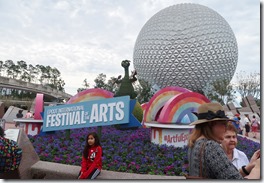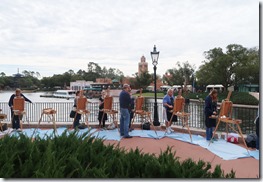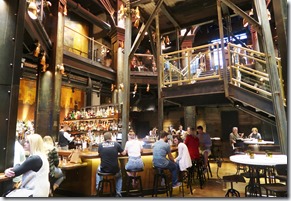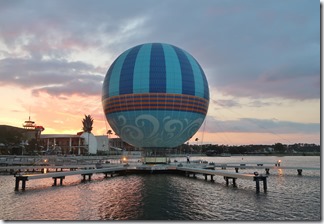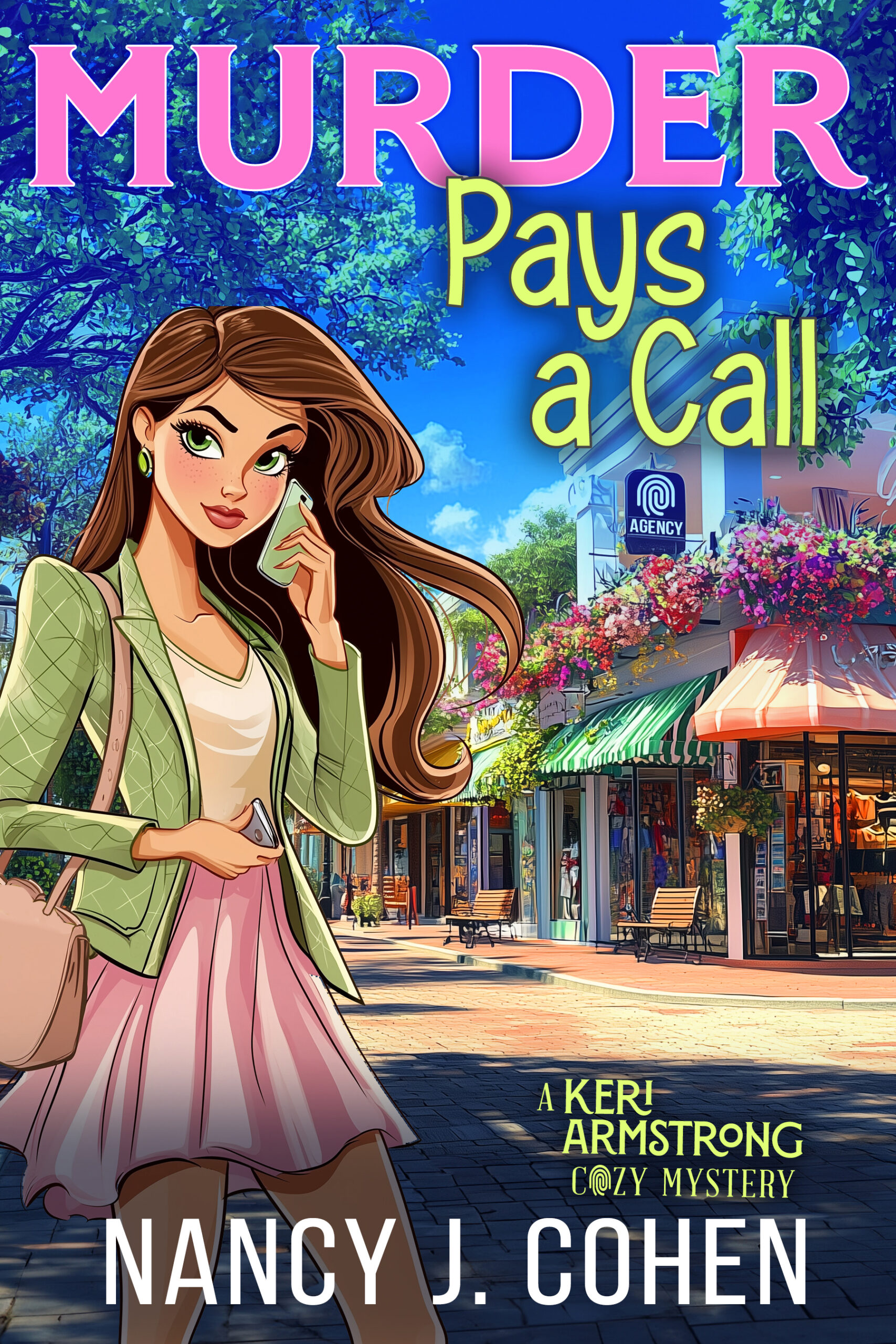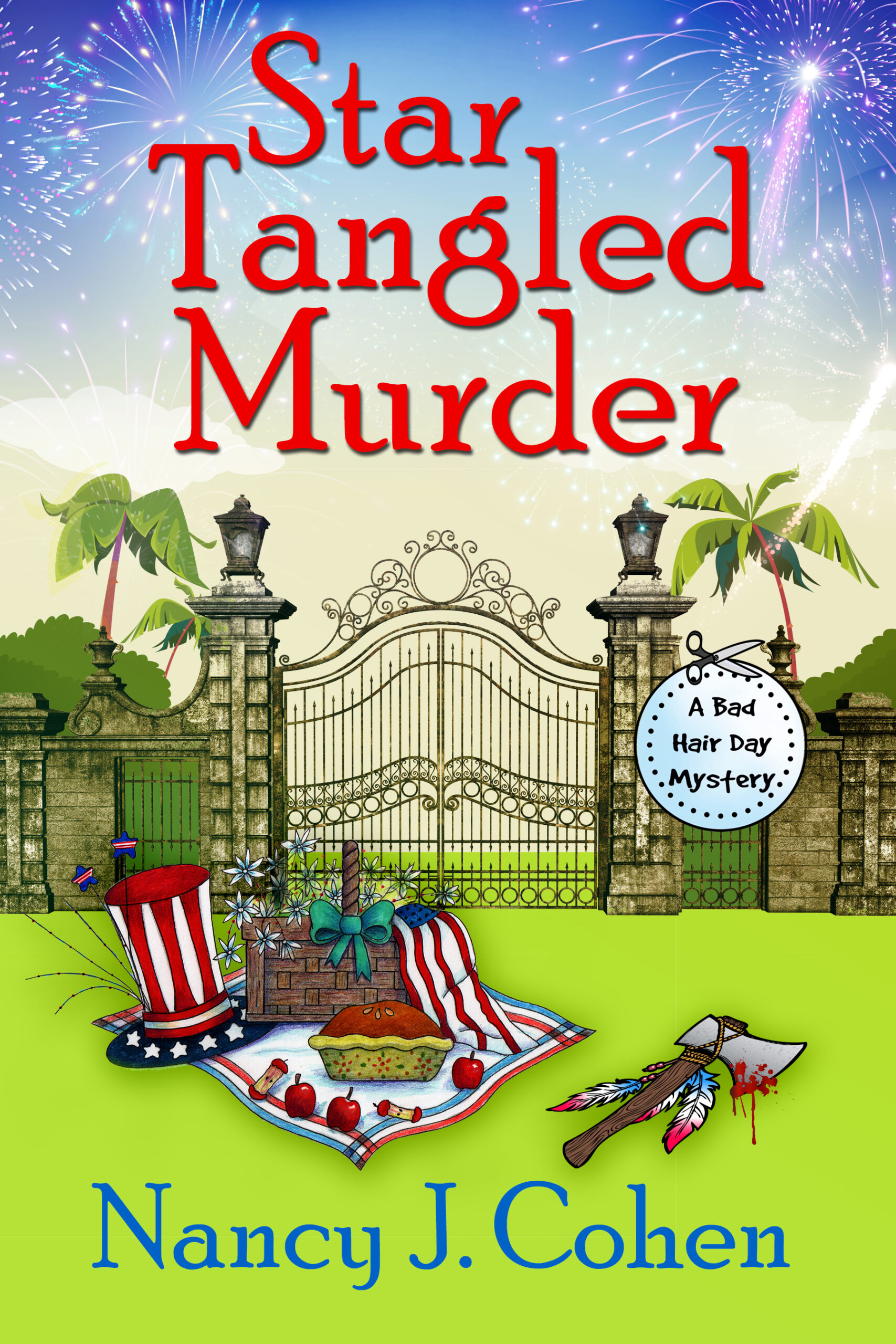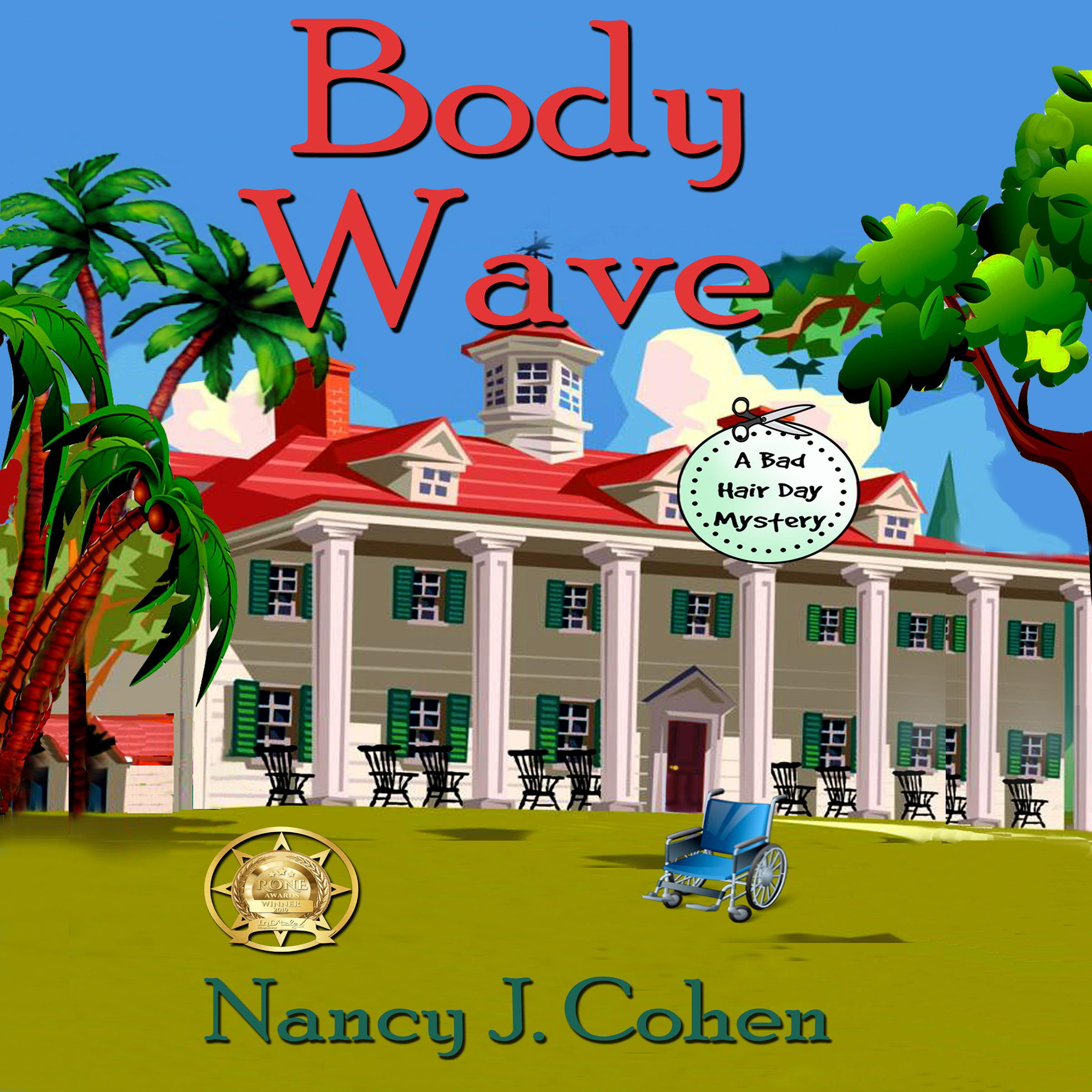Book Marketing
SleuthFest 2018 was a great conference for mystery writers and fans. One of the first workshops I attended was given by book publicist Maryglenn McCombs. These are the points I took away from this workshop on marketing. Any mistakes are due to my misinterpretation.
Reasons why readers buy books:
Placement (i.e. in library or on bookstore display or in airport store)
Physical Product
Online Exposure
Direct Email
Advertising
In-Person Appearance
Interest in Topic or Setting
Need for Entertainment
Author Endorsements
Hand Sales by a Bookseller
Reader Recommendations
Media such as blogs, radio, interviews, etc.
Public Relations is only one component in selling books. A publicist’s job is to create awareness of your book. But there’s no guarantee that you’ll get media coverage.
Why your book might not be selling:
You’re not meeting the above requirements
Not wide enough cast of promotional efforts
Trying to do too much at once
No advance planning
Product isn’t professional
Cover isn’t appealing
Too much “buy my book” social media
You’re offensive on social media (i.e. talking politics or using bad language)
Book is overpriced
Not targeting your audience
You get a great review and don’t share or promote it. But make sure you have permission first.
Your book doesn’t have any endorsements.
You aren’t doing signings and appearances. Look for non-traditional outlets.
Writing/editing needs improvement
Bad cover copy
What does not work:
Radio tours, with a few exceptions like Authors on the Air
Lengthy book tours
Purchased editorial ads
Purchased reviews
“Buy my book” social media tactics
Book trailers
Swag
Gimmicks such as dressing in costume for an appearance
These may work or not:
Street teams
Soliciting Amazon reviewers
Facebook ads
What works:
Major media coverage
Attending conferences
Print media
Launch parties
Steady media coverage over time
Personal contact with booksellers
Finding your superfans
BookBub ads/deals
Starred reviews
Winning awards
Big author endorsements
Making the “Best of” lists
Getting into Gift Guides
Writing a Great Book
Having a Professional Product
GIVEAWAY
ENTER HERE to win a $25 Amazon/BN gift card from Booklover’s Bench.















